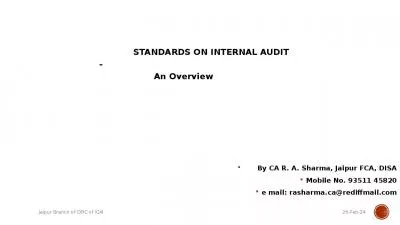PPT-By: CA. Kamal Garg [B. Com(H), FCA, DISA (ICAI), M. Com]
Author : thomas | Published Date : 2023-11-07
Insolvency Professional Legal Requirements under the Companies Act 2013 Abstract of accounting policy of a company on Depreciation of PPE Noncompliance Depreciation
Presentation Embed Code
Download Presentation
Download Presentation The PPT/PDF document "By: CA. Kamal Garg [B. Com(H), FCA, DISA..." is the property of its rightful owner. Permission is granted to download and print the materials on this website for personal, non-commercial use only, and to display it on your personal computer provided you do not modify the materials and that you retain all copyright notices contained in the materials. By downloading content from our website, you accept the terms of this agreement.
By: CA. Kamal Garg [B. Com(H), FCA, DISA (ICAI), M. Com]: Transcript
Download Rules Of Document
"By: CA. Kamal Garg [B. Com(H), FCA, DISA (ICAI), M. Com]"The content belongs to its owner. You may download and print it for personal use, without modification, and keep all copyright notices. By downloading, you agree to these terms.
Related Documents

![PPT-By: CA. Kamal Garg [B. Com(H), FCA, DISA (ICAI), M. Com]](https://thumbs.docslides.com/1030140/by-ca-kamal-garg-b-com-h-fca-disa-icai-m-com-l.jpg)

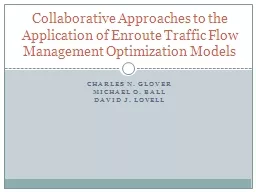


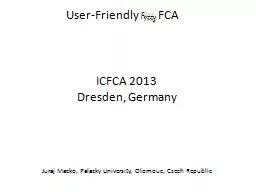
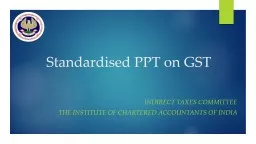
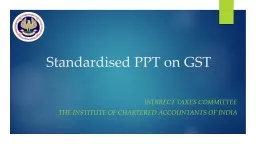
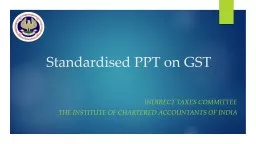
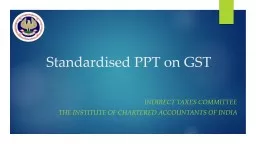


![By: CA Kamal Garg [B. Com (H), FCA, DISA (ICAI)]](https://thumbs.docslides.com/1002067/by-ca-kamal-garg-b-com-h-fca-disa-icai.jpg)
